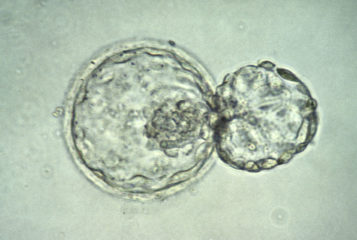Preliminary findings from a new research study have helped give scientists a new insight into how the body naturally repairs myelin, the substance that insulates nerve cells in the brain.
The research conducted on rats identified the processes involved in the spontaneous 'remyelination' of cells. The scientists discovered that damaged rat cells sent out chemical messages that encouraged cells involved in the repair process - which were identified as primarily oligodendrocytes and macrophages - to leap into action.
The researchers also identified several genes that were involved and activated during the remyelination process, including the retinoid X receptor gamma gene. This was shown to stimulate stem cells - called oligodendrocyte precursor cells - to develop into fully-fledged oligodendrocytes. The scientists believe that a similar process occurs in human cells.
This work may therefore offer hope to people living with multiple sclerosis (MS), a progressive neurological disease that affects the central nervous system, which is estimated to affect 100,000 people in Britain and causes a wide range of symptoms. It occurs when the bodies own immune system attacks and destroys the 'myelin sheaths' that surround and protect the nerve cells.
Professor Robin Franklin from Cambridge University, who led the study, told the Guardian: 'Therapies that repair damage are the missing link in treating MS'. The Chief Executive of the Multiple Sclerosis Society described the research as 'one of the most exciting developments in recent years'.
But despite headlines such as 'Breakthrough could lead to MS drug' in the Independent, Professor Franklin remained cautious about the chances of a drug being developed. He told the Guardian: 'The caveat is that the road from where we are to a treatment is unpredictable, but at least we now have a road to go down'.
Scientists at the University of Cambridge carried out the work alongside colleagues at the Queen's Medical Research Institute in Edinburgh and other European and international academic organisations. The research was published in the journal Nature Neuroscience.





Leave a Reply
You must be logged in to post a comment.